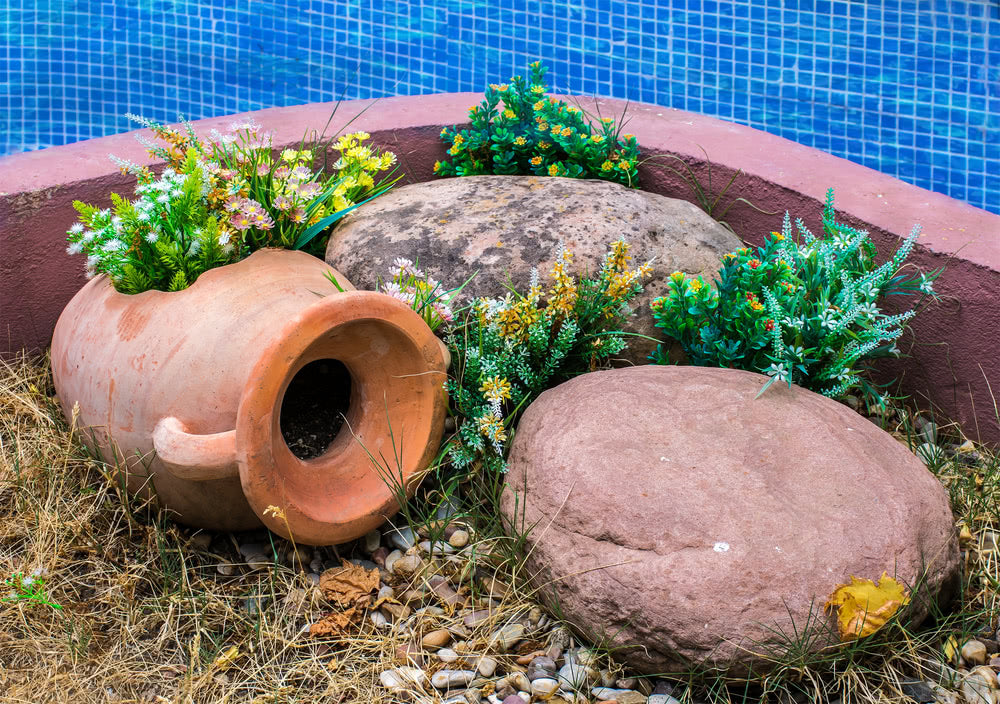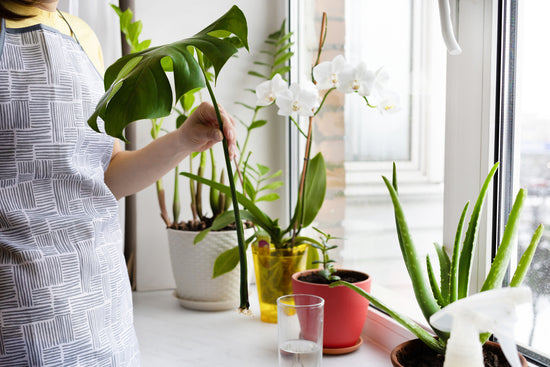Below are a few garden design ideas for making the most of the unusual shapes:
Long and Narrow Garden Design (based on a circular theme):

The plan depicts an interesting theme that can be created by utilising the far ends of the house. One end can be used as patio and the other that is out of sight can be used for drying and washing. The garden should be created at the end which receives more sunlight. The circular theme makes the garden interesting and compels one to explore further. Small trees and large shrubs can be used to connect the circles.
Long and Narrow Garden Design (based on diagonal lines):

Diagonal lines can be used to divide the sections. Mini gardens can be created by using this theme. It is as functional as the circular design and avoids a straight path from joining the ends of the garden.
Long and Tapered to a point Garden design:

Screen off the central area and create an arch to keep the shape of the garden discreet. In this case, the corner space can be used to create an Orchard or a Vegetable Garden. The garden can be divided into three paved areas, each at a different level. The different levels help to retain the long, unhindered view and gives an impression of a large garden size.
Corner Sites Garden Design:

These are bigger than the other plots and offer great design opportunities. The sides of the house can be best utilised to create an eye-catching garden. Beautifully crafted Corner Sites serve as a focal point of the house exteriors.
Square and Squat Garden Design:

The Square and Squat areas cannot accommodate the elaborate design. Instead simple elements can be used for the same. To create the impression of a spacious garden, the viewpoint should be angled diagonally across the garden. In the featured design, timber decking is slightly raised to create a feel of the raised level. To create a lawn in such a tiny space planters like Chamomile should be used because they do not require frequent mowing. Also, various shapes like circles and rectangles can be used for interesting effects.
Curved Corner Sites Garden Design:

When compared with others, the Curved Corner Sites are the most difficult to design. Gravels and boulders can be used to create striking effects. Plants such as Phormiums and Yuccas can be used to punctuate the spaces. While a bold path can be used to define the shape of the site.
L-Shaped Garden Design:

The offer plenty of scope for design. They give an opportunity to explore the garden at one end cannot be seen from another. The seating arrangements can be made at one corner of the site. Flower beds and overhead beams can be used to demarcate different areas in the garden.
So, next time when you choose to design your garden do not get demotivated by the unusual shape. Instead, use it to create a spell-binding garden.
Reference: Practical Gardening by Peter McHoy












